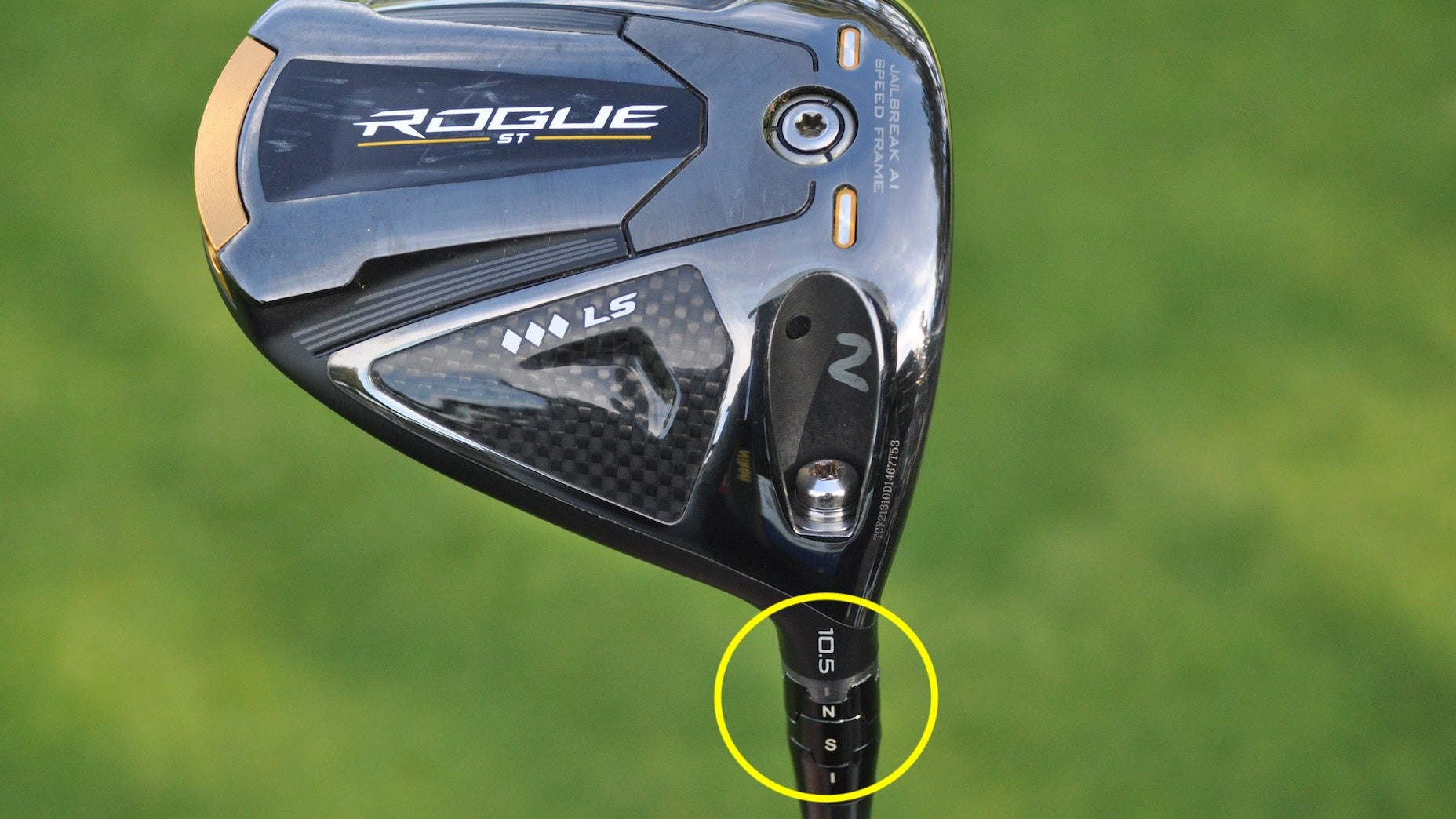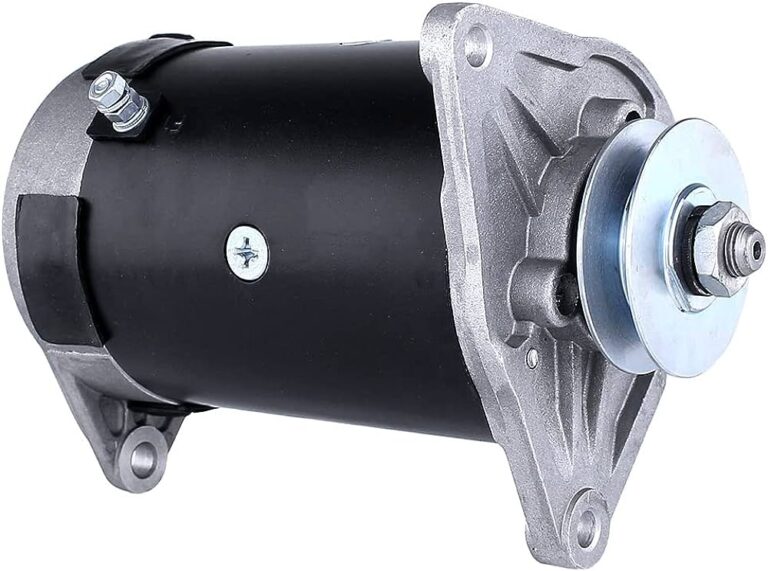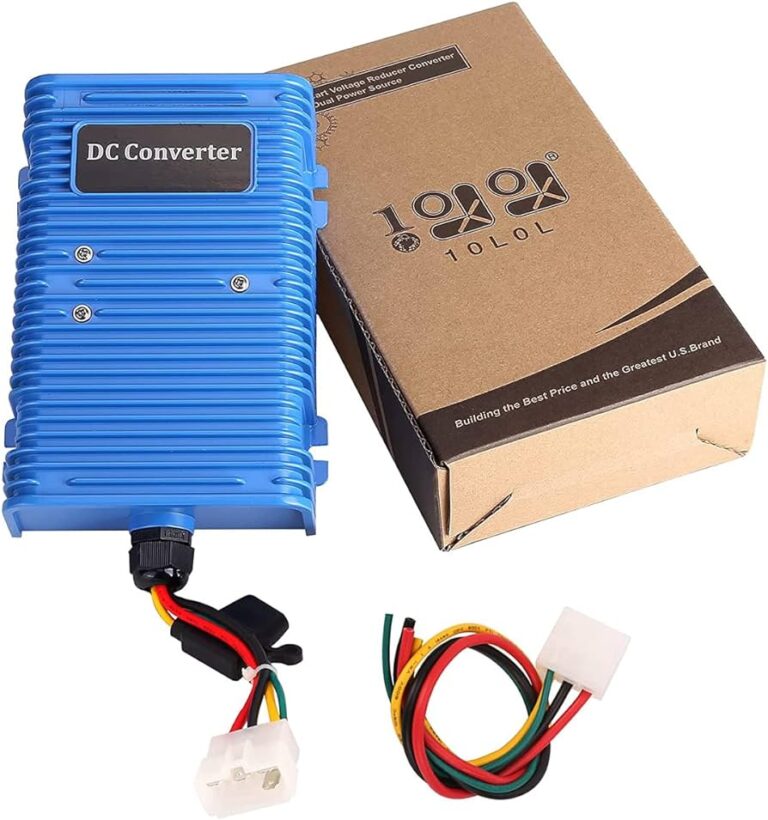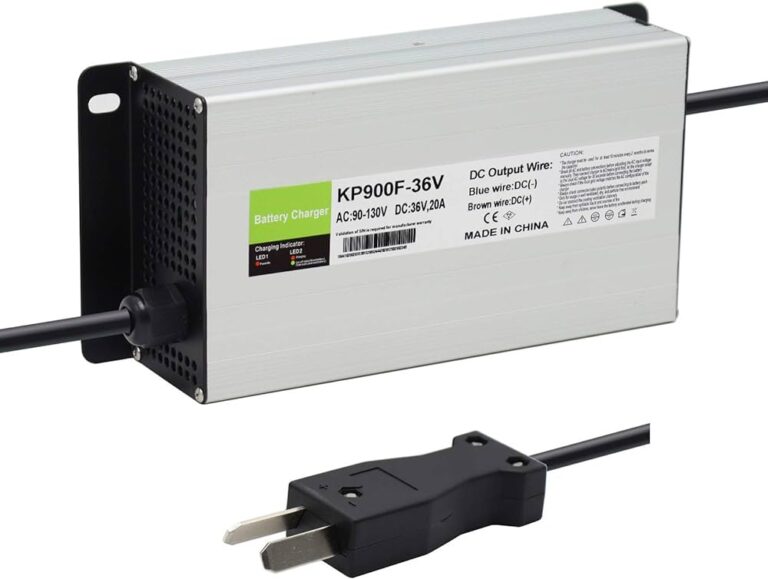Changing Shaft on Adjustable Driver : Upgrade Your Golf Game
Changing Shaft on Adjustable Driver To change the shaft on an adjustable driver, you need to unscrew the old shaft carefully and then screw in the new one securely. Changing the shaft on an adjustable driver is a simple process that allows you to customize your club to fit your swing and playing style.
By following the correct steps and using the right tools, you can easily swap out the shaft to improve your performance on the golf course. Whether you’re looking to increase your distance, improve your accuracy, or simply change the feel of your club, a new shaft can make a significant difference in your game.
Understanding how to change the shaft on your adjustable driver gives you the flexibility to optimize your equipment for better results on the course.
Importance Of Choosing The Right Shaft
When it comes to maximizing your performance on the golf course, the importance of choosing the right shaft for your adjustable driver cannot be overstated. Your swing speed, angle of attack, and ball flight are all influenced by the characteristics of the shaft. Therefore, understanding the role of shaft flex, factors influencing shaft selection, as well as weight, material, flexibility, and torque is crucial to unlocking your full potential on the course.
Understanding The Role Of Shaft Flex
Shaft flex refers to the ability of the shaft to bend during the golf swing. It directly impacts the trajectory and distance of your shots. The right shaft flex ensures that the clubhead arrives at the ball in the optimal position, leading to improved accuracy and distance.
Factors Influencing Shaft Selection
Several factors influence the selection of the right shaft, including weight, material, flexibility, and torque. It’s imperative to consider these factors to ensure that the shaft complements your unique swing characteristics and maximizes your performance on the course.
Weight And Material
- Weight: The weight of the shaft affects the feel and swing speed of the club. Generally, lighter shafts can increase swing speed, while heavier shafts can provide more control and stability.
- Material: Shafts are commonly made from graphite or steel. Graphite shafts are lighter, offering greater flexibility and distance, while steel shafts provide increased control and stability.
Flexibility And Torque
- Flexibility: The flexibility of the shaft determines how it responds to your swing. Stiffer shafts are suitable for stronger, faster swingers, whereas more flexible shafts are ideal for slower swing speeds.
- Torque: Torque refers to the shaft’s resistance to twisting during the swing. Lower torque shafts provide more control, while higher torque shafts offer increased forgiveness, especially on off-center hits.
Finding The Right Replacement Shaft
When it comes to optimizing your adjustable driver for better performance, finding the right replacement shaft is crucial. The shaft plays a significant role in determining the ball flight, accuracy, and distance. Selecting the appropriate replacement shaft for your driver requires thorough research and understanding of your swing characteristics. Consulting with a professional fitter, understanding the importance of swing analysis, and customizing the shaft to meet individual needs are essential steps in finding the right replacement shaft.
Researching Compatible Shafts For Your Driver
Before purchasing a replacement shaft, research the compatible shaft options for your specific driver model. Take note of the shaft material, flex, torque, weight, and length to ensure compatibility with your driver head. Additionally, consider the grip compatibility and the adapter sleeve for a proper fit. Look for shafts that match your swing speed, tempo, and launch preferences for optimal performance.
Consulting With A Professional Fitter
Seeking the expertise of a professional fitter can provide valuable insights into selecting the right replacement shaft. A fitter can assess your swing characteristics, dispersion pattern, launch angle, and spin rate to recommend suitable shaft options. Their expertise can help narrow down the choices based on your swing profile, enabling you to make an informed decision.
Importance Of Swing Analysis
Understanding your swing dynamics through a comprehensive analysis is essential when choosing a replacement shaft. Factors such as swing speed, tempo, release point, and transition can significantly impact the performance of the shaft. By analyzing these aspects, you can identify the ideal shaft characteristics that complement your swing, leading to improved consistency and distance.
Customization For Individual Needs
Customizing the replacement shaft to meet your individual needs is paramount for achieving optimal results. Whether it’s adjusting the length, altering the grip size, or fine-tuning the shaft flex, personalized customization can enhance the overall feel and performance of the driver. Tailoring the shaft to your specific requirements can lead to improved accuracy, distance, and shot control.
Step-by-step Guide To Changing The Shaft
Welcome to our step-by-step guide on changing the shaft of an adjustable driver. Upgrading or modifying the shaft of your driver can greatly impact your game, allowing you to achieve the perfect balance of distance and control. Below, we’ve outlined the necessary tools and equipment, the removal of the old shaft, and the installation of the new shaft to help you successfully navigate this process with confidence. Let’s dive in!
Necessary Tools And Equipment
Before beginning the process of changing the shaft on your adjustable driver, it’s important to have the following tools and equipment at hand:
- Adjustable wrench
- Hosel adjusting tool
- Heat gun or torch
- Grip solvent and tape
- Epoxy adhesive
- Shaft extractor or shaft puller
Removal Of The Old Shaft
The first step in changing the shaft is to remove the old shaft from the driver. To do this, follow these steps:
- Secure the driver in a vise with protective padding to prevent damage to the head.
- Using the heat gun or torch, apply heat to the hosel to soften the epoxy adhesive and loosen the bond between the shaft and the hosel.
- Once the adhesive is softened, use the shaft extractor or shaft puller to carefully remove the old shaft from the hosel.
Installation Of The New Shaft
After removing the old shaft, it’s time to install the new shaft onto the driver. Follow these steps for a successful installation:
- Clean the hosel and remove any remaining epoxy residue using a hosel adjusting tool and fine-grit sandpaper.
- Apply epoxy adhesive to the tip of the new shaft and insert it into the hosel, ensuring it is properly aligned with the desired loft and face angle.
- Use a hosel adjusting tool to set the desired loft and lie angles, allowing the epoxy to cure according to the manufacturer’s instructions.
Testing And Fine-tuning
When it comes to optimizing the performance of an adjustable driver, testing and fine-tuning the changes made to the shaft play a crucial role. Conducting trial swings, making further adjustments if necessary, and understanding the impact on performance are essential components of the process.
Conducting Trial Swings
Before making any final adjustments, it’s important to conduct trial swings with the newly changed shaft on the adjustable driver. This allows the golfer to feel the difference and observe the ball flight to determine if the adjustments have positively impacted the performance.
Making Further Adjustments If Necessary
If the initial trial swings reveal that the performance could still be optimized further, making additional adjustments to the shaft becomes imperative. This may involve tweaking the loft, lie angle, or shaft flex to achieve the desired ball flight and distance.
Understanding The Impact On Performance
After conducting trial swings and making necessary adjustments, it’s essential to understand how these changes impact the overall performance of the adjustable driver. Analyzing factors such as ball speed, launch angle, and spin rate can provide valuable insights into the effectiveness of the adjustments.

Credit: golf.com
Frequently Asked Questions For Changing Shaft On Adjustable Driver
How Do I Know When To Change The Shaft On My Adjustable Driver?
To determine if the shaft of your adjustable driver needs changing, look for visible signs of wear such as cracks or dents. Also, if you’re experiencing decreased distance or accuracy, it might be time for a change.
What Are The Benefits Of Changing The Shaft On My Adjustable Driver?
Changing the shaft on your adjustable driver can lead to improved performance and distance. It allows you to optimize your swing and tailor the club to your specific needs, resulting in better control and accuracy on the course.
Can I Change The Shaft On My Adjustable Driver Myself?
While it’s possible to change the shaft on your adjustable driver yourself, it’s recommended to consult a professional club fitter. They have the expertise and tools to ensure the new shaft is properly installed, maximizing its performance benefits.
What Type Of Shaft Should I Consider For My Adjustable Driver?
The type of shaft you choose for your adjustable driver depends on your swing speed, tempo, and ball flight preferences. Factors such as flex, weight, and material should be considered to match your swing characteristics for optimal performance.
Conclusion
In sum, replacing the shaft on your adjustable driver can significantly impact your golf game. With the right knowledge and tools, this process can be a game-changer. Keep in mind the importance of selecting the right shaft for your swing and skill level.
By doing so, you can optimize your performance on the course.







2 Comments